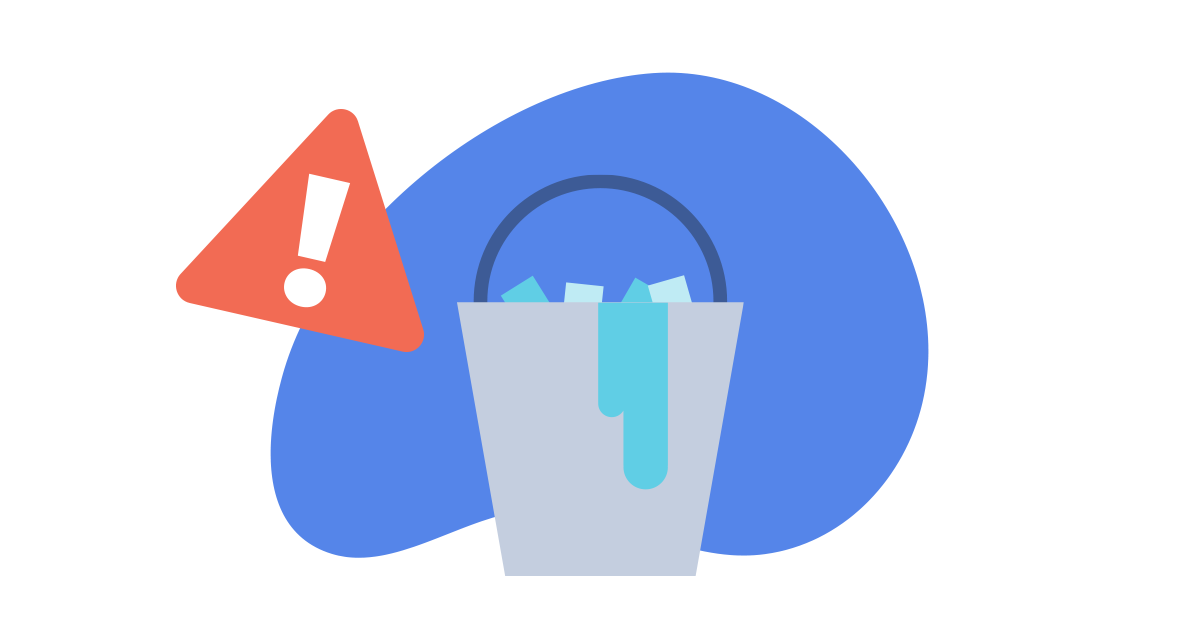Online challenges, are they harmless?
Advice for Parents & Carers
Learn about how some popular challenges may carry certain risks and what to do if your child comes across these.

Some popular challenges have raised funds for charity. But they are not all the same. Some are harmless, others start out innocently but can go wrong.
There are challenges that are obviously dangerous, but people do them anyway. They think ‘It won’t happen to me’.
- There is the excitement of risk
- Young people are naturally curious and adventurous
- It makes them feel like they belong – because their peers are doing it
- It may make them feel popular – they get more attention, likes, views or comments
- If everyone is doing it, to them it’s OK
Challenges are easy to do. They often involve ordinary objects you can easily find at home and few skills are needed to put yourself into an ice bath!
Friends and family often nominate someone to do it without thinking about the sensory overload and other risks this might bring to your child. They may think it is amusing. It could be harmful if a group of ‘friends’ are manipulating and putting pressure on your child to do the challenge so that they can get entertainment out of it.
You may see or hear a warning about online suicide challenges which have encouraged young people to act in harmful ways. Take a deep breath! Most have been found to be hoaxes, untrue or exaggerated.
At first, you may feel many emotions. Try to:
- Stay calm if you can
- Check they have not harmed themselves
- Explain some of these challenges are created to shock people and someone simply wants to do it for all the wrong reasons
- Show them how to stay in control by not repeating the challenge. Block sender and reporting it
- If your child has not yet heard about the challenge, don’t tell them about it or name it – they would probably try and find out about it online or through a friend. You’d be publicising it – increasing the temptation to do the challenge.
- Remind your child that if they ever feel worried about something they see online – or hear about from friends, they can come to you or another adult they trust for help. Encourage them to use the ‘Get help’ cards.
- Tell them that if they do see something upsetting or worrying, they are in control. They can report it to the platform they are using – and you can help them with this. They should not share or pass on a challenge. If it was sent to them, they can block the sender.
- This is a perfect moment to check that privacy settings are correctly set on the apps they use and set parental controls to filter out inappropriate content.
- Keep talking to your child about what they’re doing online. Help build their friendship group and offer safe ways to have fun, take appropriate risks and do exciting things to fulfil these basic human needs.
